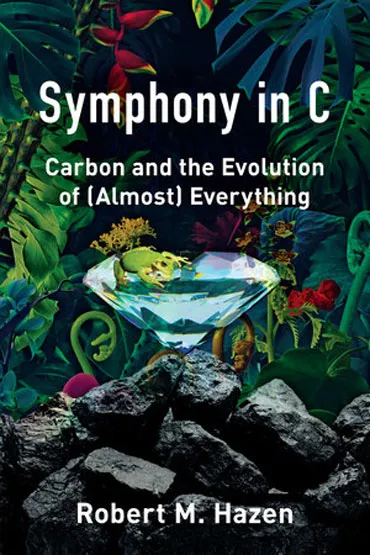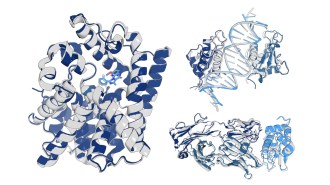Carbon plays a starring role in the new book ‘Symphony in C’
A geophysicist looks at the science, history and culture of the versatile element

ALL ABOUT CARBON Diamond, graphite and calcite (crystals shown) are just three of the hundreds of carbon-bearing minerals found on Earth.
Rob Lavinsky and iRocks.com/Wikimedia Commons (CC BY-SA 3.0)
 Symphony in C
Symphony in C





